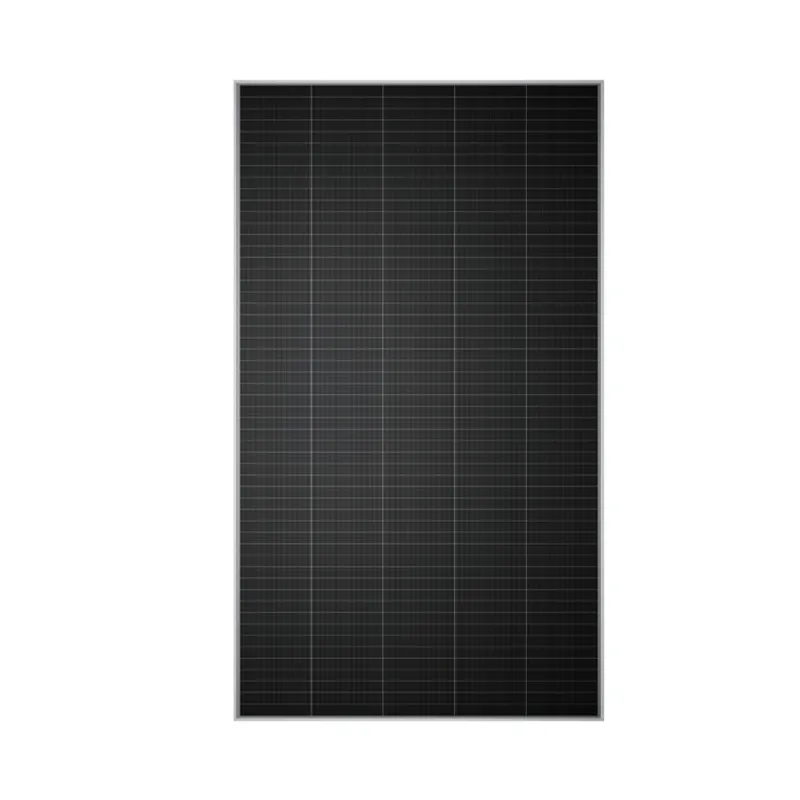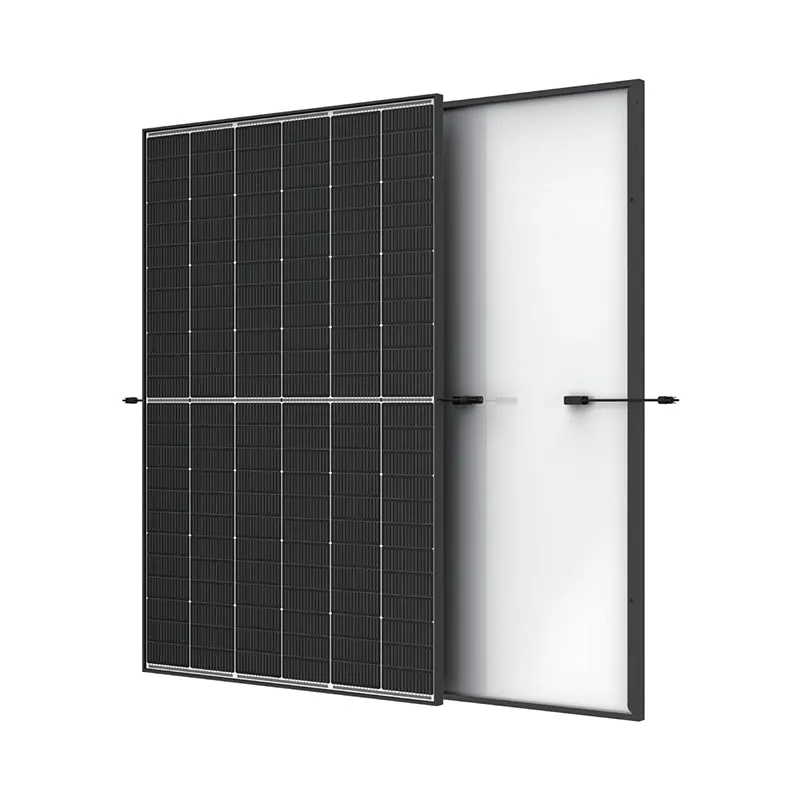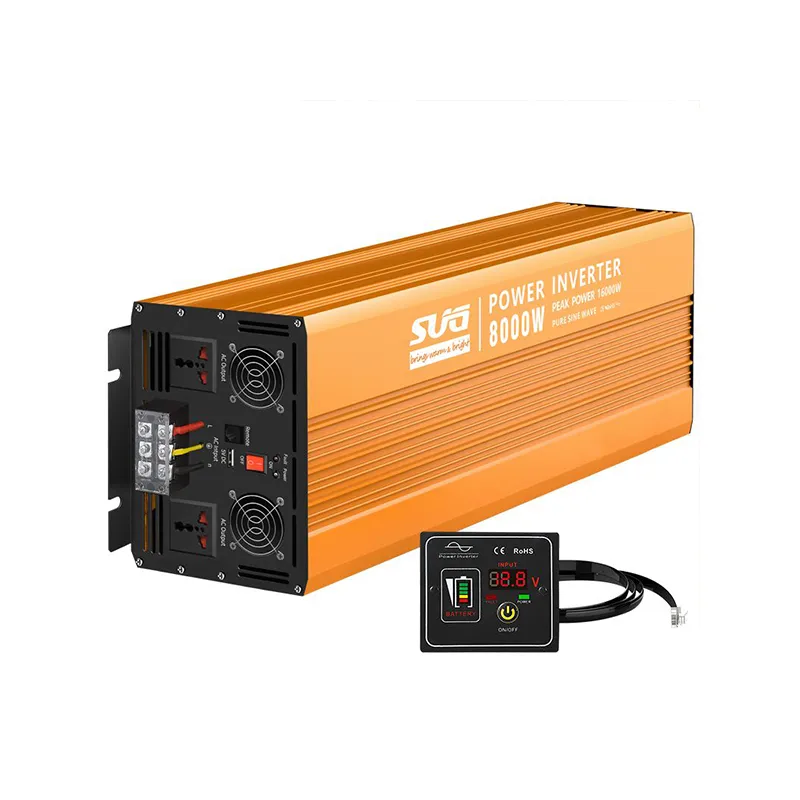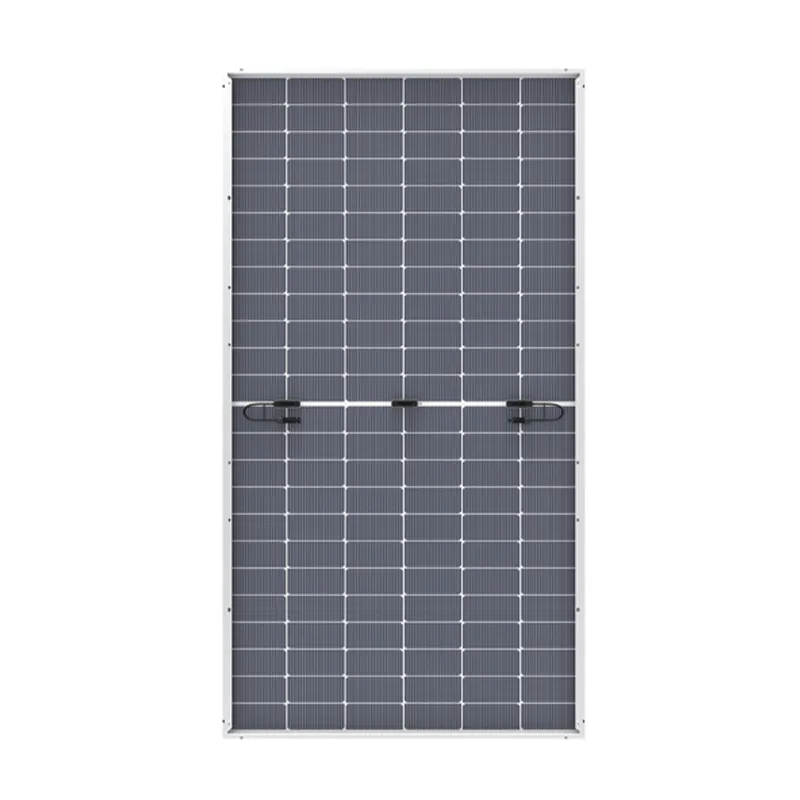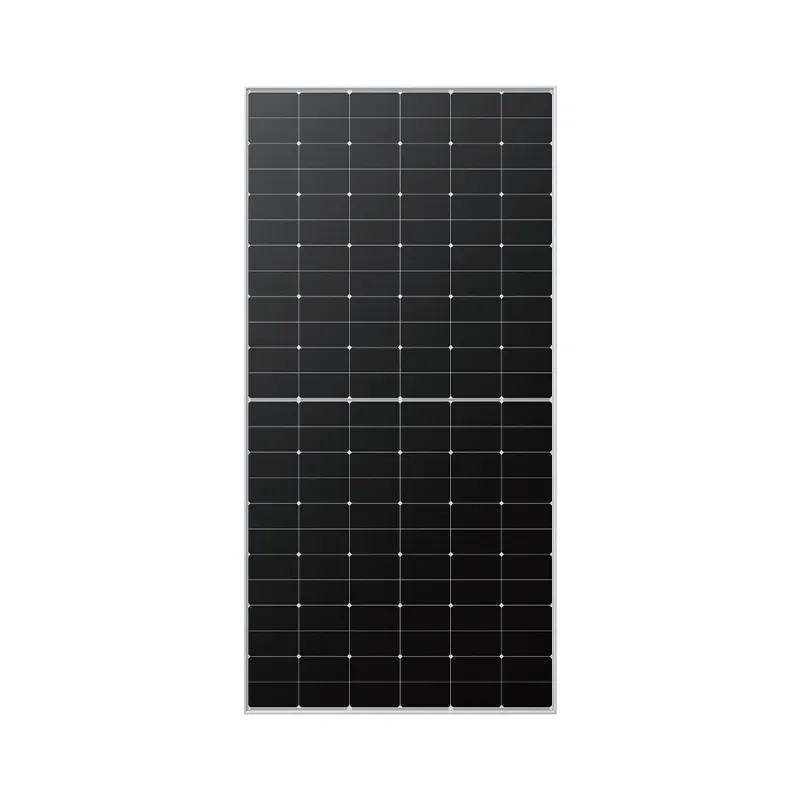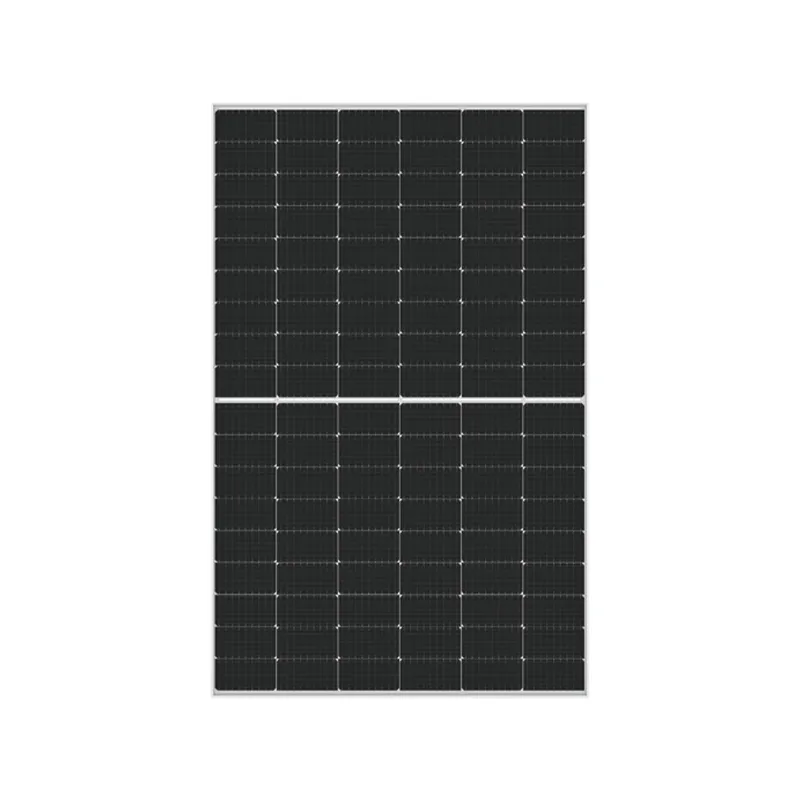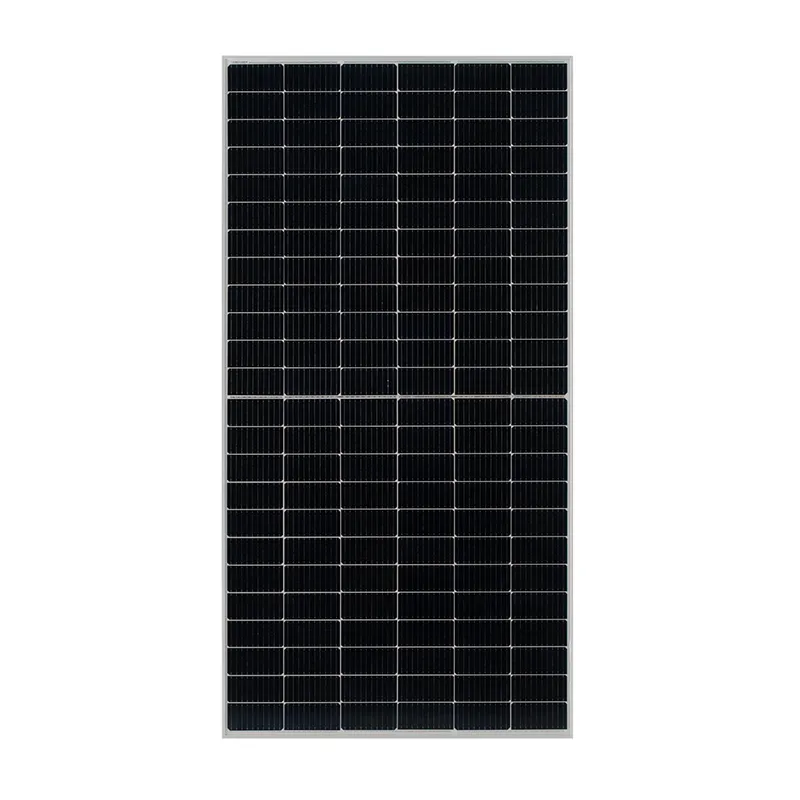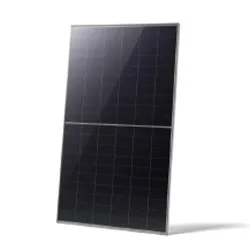Affordable Price per Solar Panel Compare Monocrystalline Panel Price per Watt Today
- Introduction: Understanding price per solar panel
and its determinants - Monocrystalline solar panel price per watt: Key factors and industry data
- Comparative analysis of solar panel price per watt across leading manufacturers
- Technological advancements affecting cost efficiency
- Tailored solutions: Custom solar panel options and cost implications
- Real-world application cases: Economic impact for businesses and homes
- Conclusion: Navigating the future of price per solar panel for optimal investment
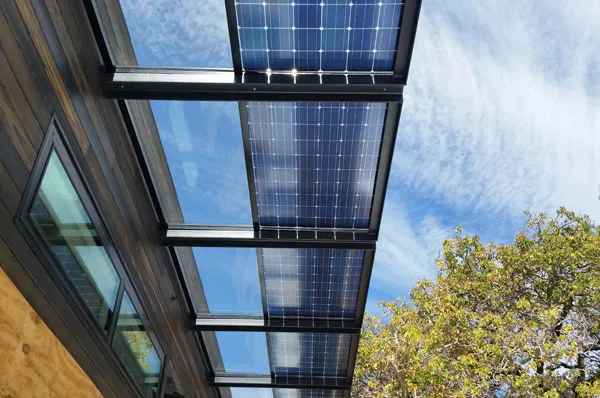
(price per solar panel)
Introduction: The Dynamics of Price Per Solar Panel
The price per solar panel stands as a pivotal statistic for individuals and businesses aiming to transition to renewable energy. This figure, which translates to the investment required for each installed solar panel, encompasses a range of factors from raw material costs to technological efficiencies, supply chain dynamics, and market demand. Understanding these layers is crucial as solar modules become a cornerstone solution in the global energy portfolio. In this analysis, we'll unravel the constituents of solar panel pricing, benchmark current market rates, and delve into comparative manufacturer data to clarify cost dynamics in the solar sector.
Over the past decade, the cost of solar panels has dropped by over 80%, with BloombergNEF reporting that by 2023, the global average price per watt for crystalline modules reached $0.25–$0.30 USD. Yet, this broad figure conceals critical nuances—panel efficiency, material grade, and supply variations directly influence final prices. The goal here is to break down these complexities, starting with an in-depth look at monosilicon panel pricing per watt.
Monocrystalline Solar Panel Price Per Watt: Key Industry Factors
Monocrystalline solar panels are renowned for their superior efficiency and lifespan, which often justifies their relatively higher costs versus polycrystalline or thin-film alternatives. As of early 2024, the global monocrystalline solar panel price per watt ranges between $0.28 and $0.43 on finished module pricing—variable due to manufacturer scale, silicon costs, and technological differentiation.
Major cost drivers for monocrystalline panels include:
- Purity of silicon: Higher purity yields better efficiency, but increases manufacturing costs.
- Cell Design: Advanced half-cell or PERC technologies improve output, often at a premium.
- Economies of Scale: Large volume manufacturers reduce per-watt costs significantly.
- Supply Chain Logistics: Geopolitical shifts impact polysilicon and wafer prices globally.
Comparing Solar Panel Price Per Watt: Manufacturer Data Table
To further clarify market standards, compare leading manufacturers based on module type, power rating, efficiency, and price per watt. This comparative overview distinguishes high-performing monocrystalline panels, industry averages, and cost-effective alternatives.
| Manufacturer | Module Type | Model | Wattage | Efficiency (%) | Price Per Watt (USD) | Warranty (Years) |
|---|---|---|---|---|---|---|
| LONGi Solar | Monocrystalline | Hi-MO 6 | 435W | 21.8 | $0.31 | 12/25 |
| SunPower | Monocrystalline | Maxeon 6 | 420W | 22.8 | $0.44 | 25/40 |
| JinkoSolar | Monocrystalline | Tiger Neo | 440W | 22.0 | $0.33 | 12/30 |
| Trina Solar | Monocrystalline | Vertex S | 405W | 21.1 | $0.30 | 12/25 |
| Canadian Solar | Polycrystalline | CS3W-410P | 410W | 20.3 | $0.27 | 12/25 |
| First Solar | Thin Film | Series 6 | 445W | 18.7 | $0.24 | 10/25 |
This table reveals that while high-efficiency modules from SunPower or Jinko command higher per-watt prices, their robust warranties and higher output justify upfront investments for premium installations. Polycrystalline and thin-film options remain appealing where cost is paramount but space is available to offset lower efficiency.
Technological Innovations and Their Impact on Solar Panel Cost
Over the past five years, the solar industry has witnessed waves of innovation, particularly in monocrystalline cell architecture. From half-cut cell technology to PERC (Passivated Emitter and Rear Contact) and the latest TOPCon (Tunnel Oxide Passivated Contact), each advancement pushes efficiency upwards and, in volume production, gradually lowers the price per solar panel.
Noteworthy advances include:
- PERC and TOPCon Technologies: Increasing average cell efficiency from 18% to over 23% for commercial panels.
- Bifacial Modules: Harnessing reflected light for yield gains of 5–15% without proportional cost increases.
- Ultra-thin Glass and Flexible Back-sheets: Reducing racking requirements, further lowering total system cost.
- Automated Manufacturing: Resulting in defect rate reductions and tighter quality controls globally.
Customized Solutions: Influences on Solar Panel Pricing
Beyond standard panels, commercial and residential customers are increasingly seeking custom solar solutions tailored for unique rooflines, off-grid systems, or integrated microgrid applications. Customization involves specific sizing, output, color, or form factor requests and often affects both solar panel price per watt and overall project costs.
Key cost elements in tailored solutions include:
- Design Complexity: Non-standard panel dimensions or flexibility raise manufacturing costs by 10–20%.
- Batch Size: Smaller runs elevate unit costs due to reduced economies of scale.
- Integrated Electronics: Built-in optimizers or microinverters drive up upfront expense but can lower balance-of-system costs over time.
Case Studies: Practical Impact of Solar Panel Pricing
To understand how price per solar panel translates to economic outcomes, let’s examine two distinct cases: a large-scale commercial installation and a residential retrofit.
Case 1: 2MW Industrial Plant (California, USA)
- Panel Chosen: Jinko Tiger Neo (440W, $0.33/W, 22% efficiency)
- Number of Panels: 4,545
- Module Cost: $660,000
- System Payback: 5.8 years (pre-incentives)
- Lifetime Energy Savings: Over $4.2 million in 25 years (based on utility rate of $0.12/kWh)
- Panel Chosen: LONGi Hi-MO 6 (435W, $0.31/W, 21.8% efficiency)
- Number of Panels: 14
- Module Cost: $2,604
- System Payback: 8.2 years (post-subsidy)
- Lifetime Energy Savings: Up to $18,500 (based on rising grid tariffs over 25 years)
Conclusion: Navigating Price Per Solar Panel for Strategic Investment
As the transition to a low-carbon economy accelerates, understanding all variables in the price per solar panel matrix is critical for planners and buyers alike. Superior monocrystalline panel efficiencies, continual cost reductions driven by technology, and robust global supply networks have positioned solar as one of the most cost-effective, scalable energy solutions today.
Smart investment decisions will weigh more than just price per watt: factors like performance warranty, technological innovation, customization, and real-world application success stories all play essential roles. By leveraging market data and seeking tailored solutions that align with a project’s goals, energy consumers can maximize returns and accelerate sustainable growth—ensuring dominant solar adoption well into the next decade.
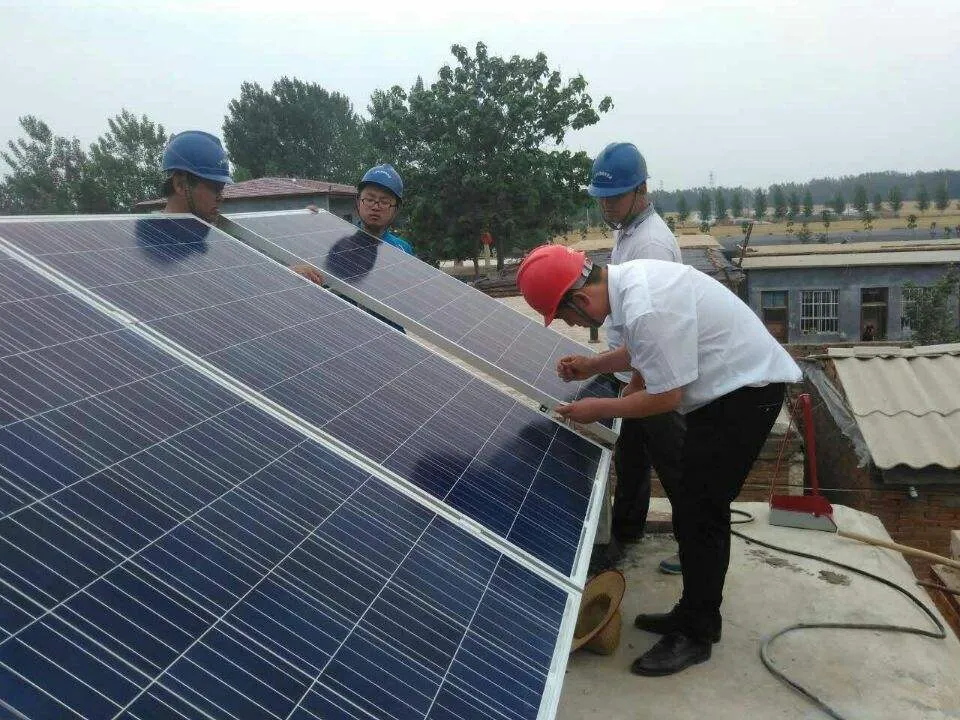
(price per solar panel)
FAQS on price per solar panel
Q: What is the average price per solar panel?
A: The average price per solar panel in 2024 ranges from $150 to $350 depending on wattage and brand. Prices may vary by retailer and location. Always compare prices for the best deal.Q: How much does a monocrystalline solar panel cost per watt?
A: The monocrystalline solar panel price per watt typically falls between $0.25 and $0.60. These panels are more efficient but slightly more expensive than other types. Costs can fluctuate based on supply and installation.Q: What is the current solar panel price per watt?
A: In 2024, the average solar panel price per watt is about $0.30 to $0.70. This includes both monocrystalline and polycrystalline options. Lower prices are often available for bulk purchases.Q: Why do monocrystalline solar panels cost more per watt?
A: Monocrystalline panels usually have a higher price per watt due to their superior efficiency and lifespan. The production process is more advanced, resulting in higher costs. However, they can save more energy over time.Q: Can buying in bulk lower the price per solar panel?
A: Yes, purchasing solar panels in bulk typically reduces the price per panel and price per watt. Many suppliers offer discounts for large orders. It's a cost-effective option for bigger projects.-
Unlocking Energy Freedom with the Off Grid Solar InverterNewsJun.06,2025
-
Unlock More Solar Power with a High-Efficiency Bifacial Solar PanelNewsJun.06,2025
-
Power Your Future with High-Efficiency Monocrystalline Solar PanelsNewsJun.06,2025
-
Next-Gen Solar Power Starts with Micro Solar InvertersNewsJun.06,2025
-
Harnessing Peak Efficiency with the On Grid Solar InverterNewsJun.06,2025
-
Discover Unmatched Efficiency with the Latest String Solar InverterNewsJun.06,2025
